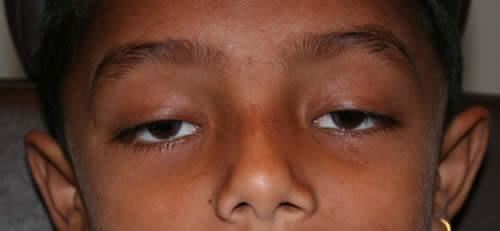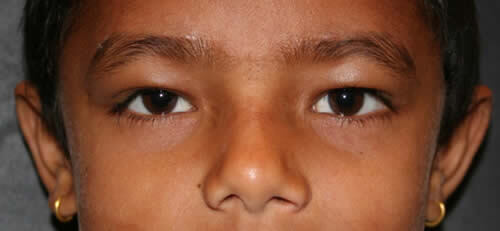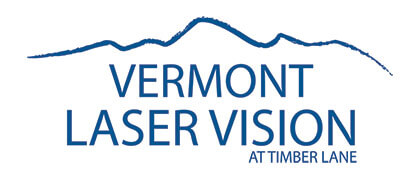Ptosis (pronounced “toh-sis”) means drooping of the eyelid, and it can affect one or both eyes. When the eyelid droops, it may block part of the upper field of vision. Patients may complain of difficulty keeping the eyes(s) open, eyestrain, eyebrow ache and fatigue, especially when reading. Some patients find they tilt their head back or hold up a lid in order to see better.
Adult (Acquired) Ptosis
The most common cause of ptosis in the adult population is due to aging changes of the muscles and tendons which lift the eyelid. It is not uncommon for patients to develop ptosis after cataract or other eye surgeries. There are other causes of acquired ptosis as well, including neurologic and muscular problems, for which Dr. Lane may order special tests if necessary.
Surgery to correct ptosis in adults is generally performed as an outpatient procedure with only light sedation.
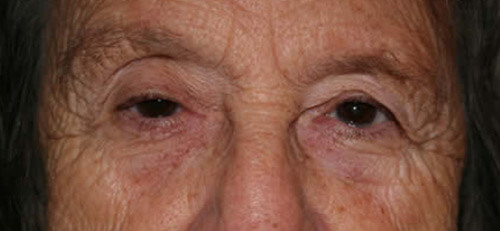
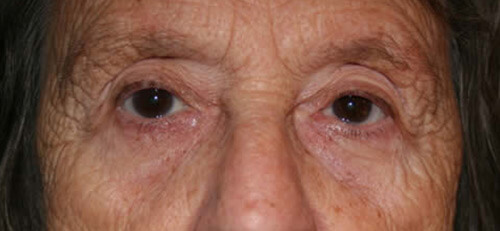
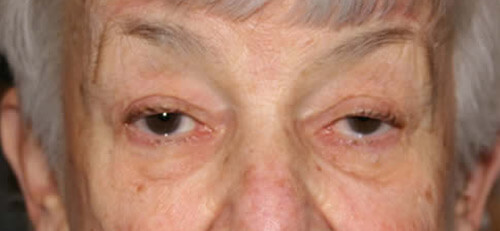
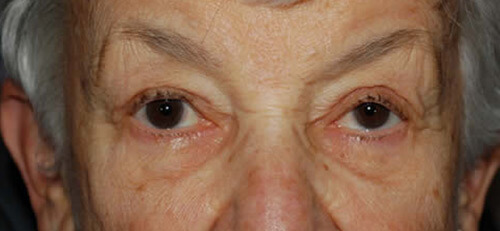
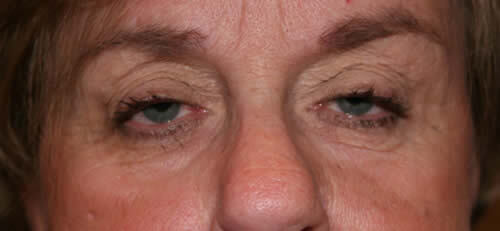
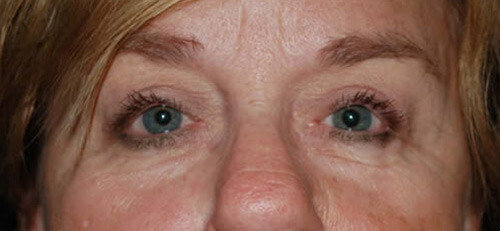
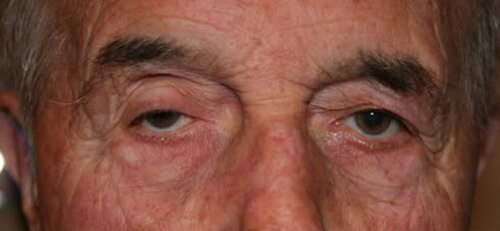
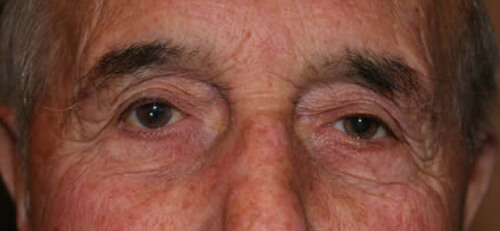
Congenital Ptosis
Congenital issues are those that are present from birth. A common congenital eyelid problem is drooping of the eyelids, or ptosis. Ptosis most commonly results from poor function of the muscles that lift the eyelid, but may also result from trauma or injury during the birthing process. In some cases, the lid droop can be so significant that it interferes with vision. If this is the case, it is important for the child to undergo ptosis repair in order to prevent amblyopia (“lazy eye”). In cases when the lid droop is not significant enough to impair the quality of vision, and therefore development of the eye, eye lid repair can be postponed until the child is older (around the age of one or older depending upon the circumstances).
